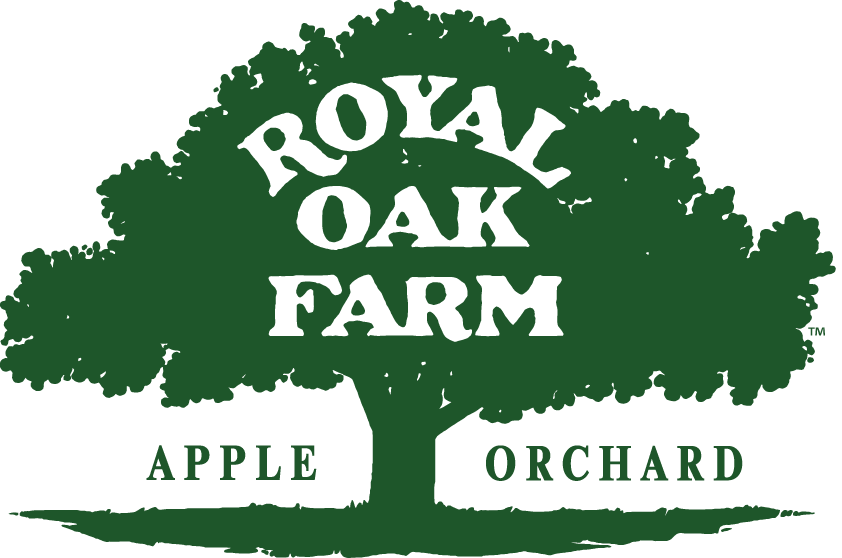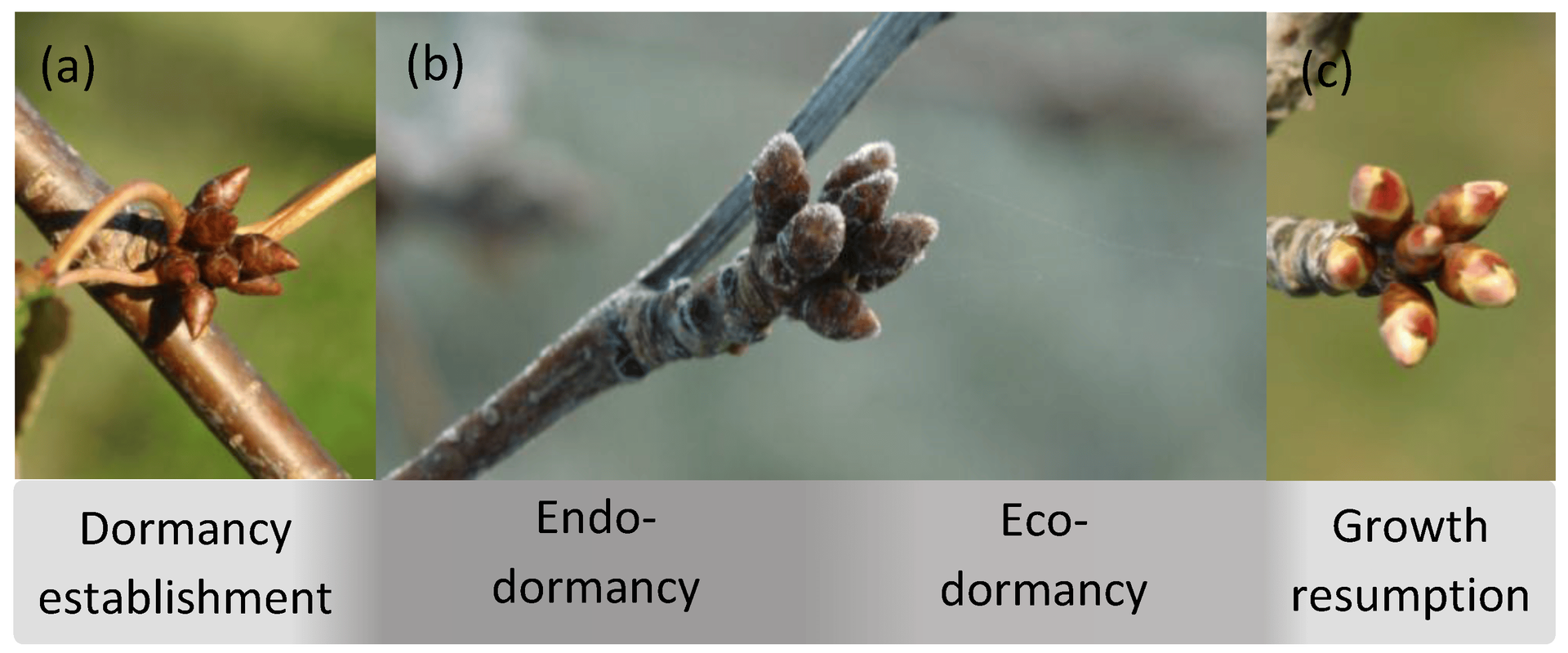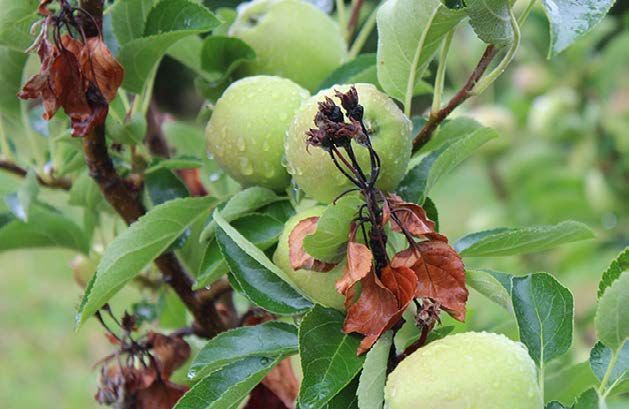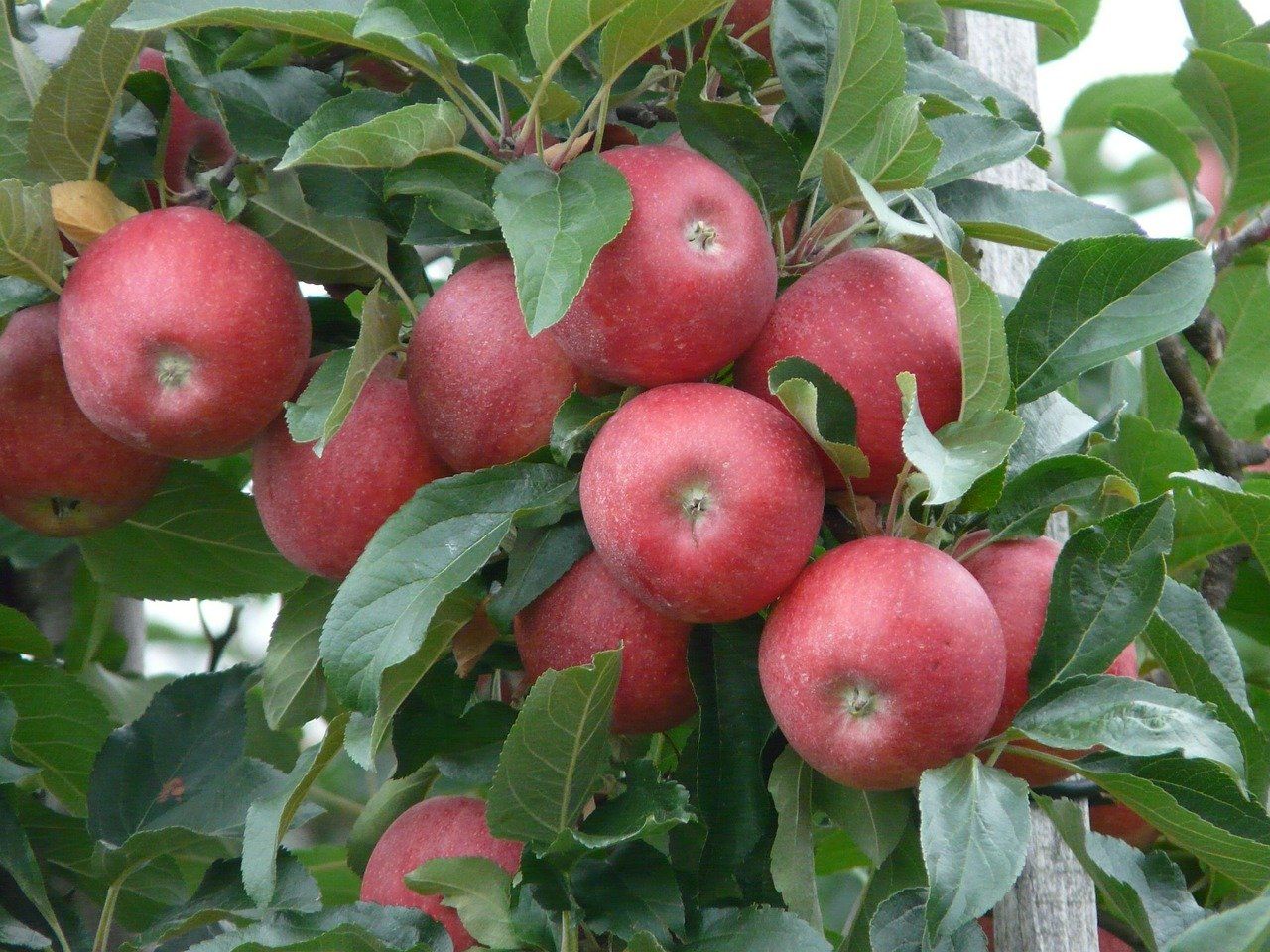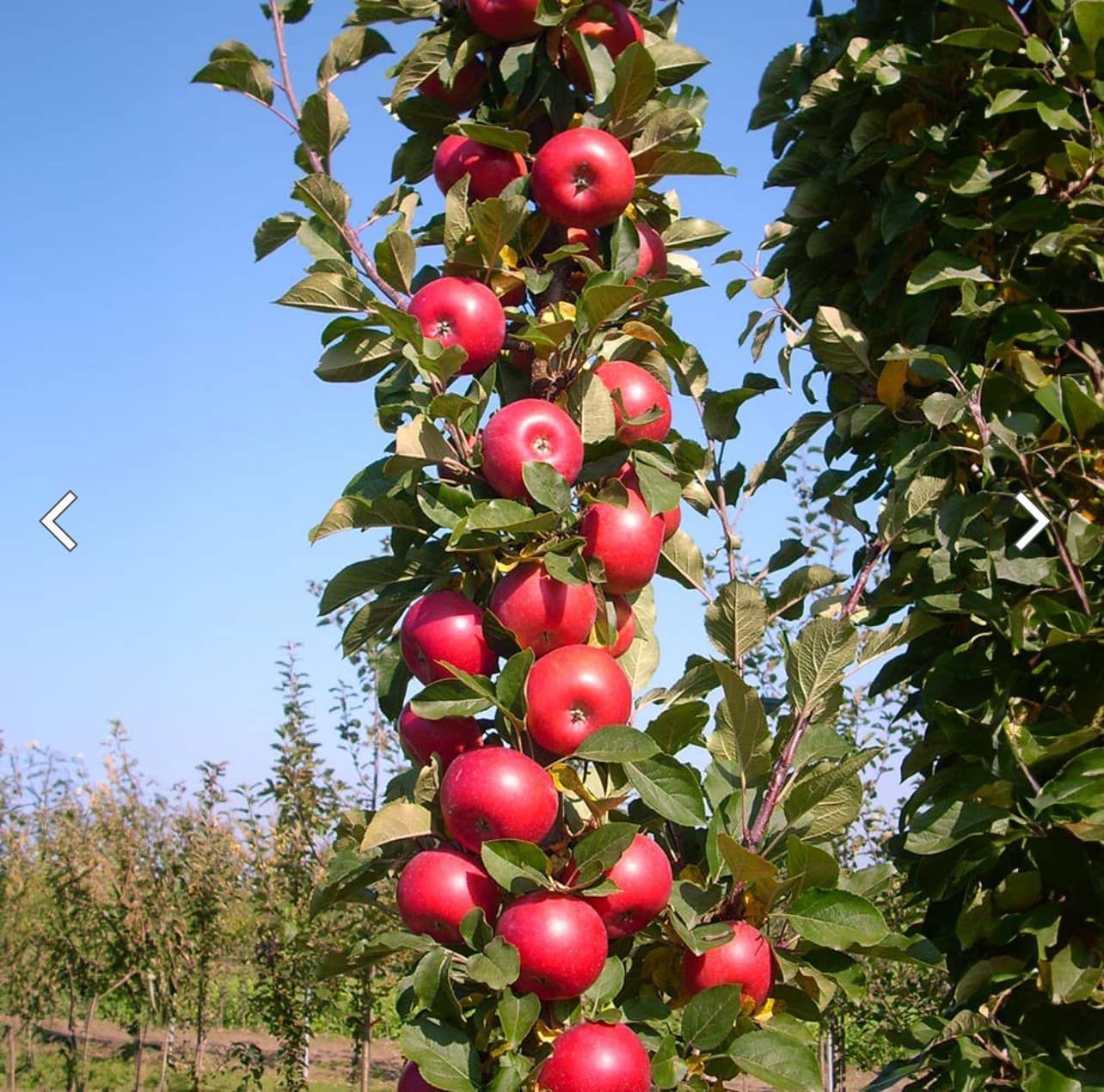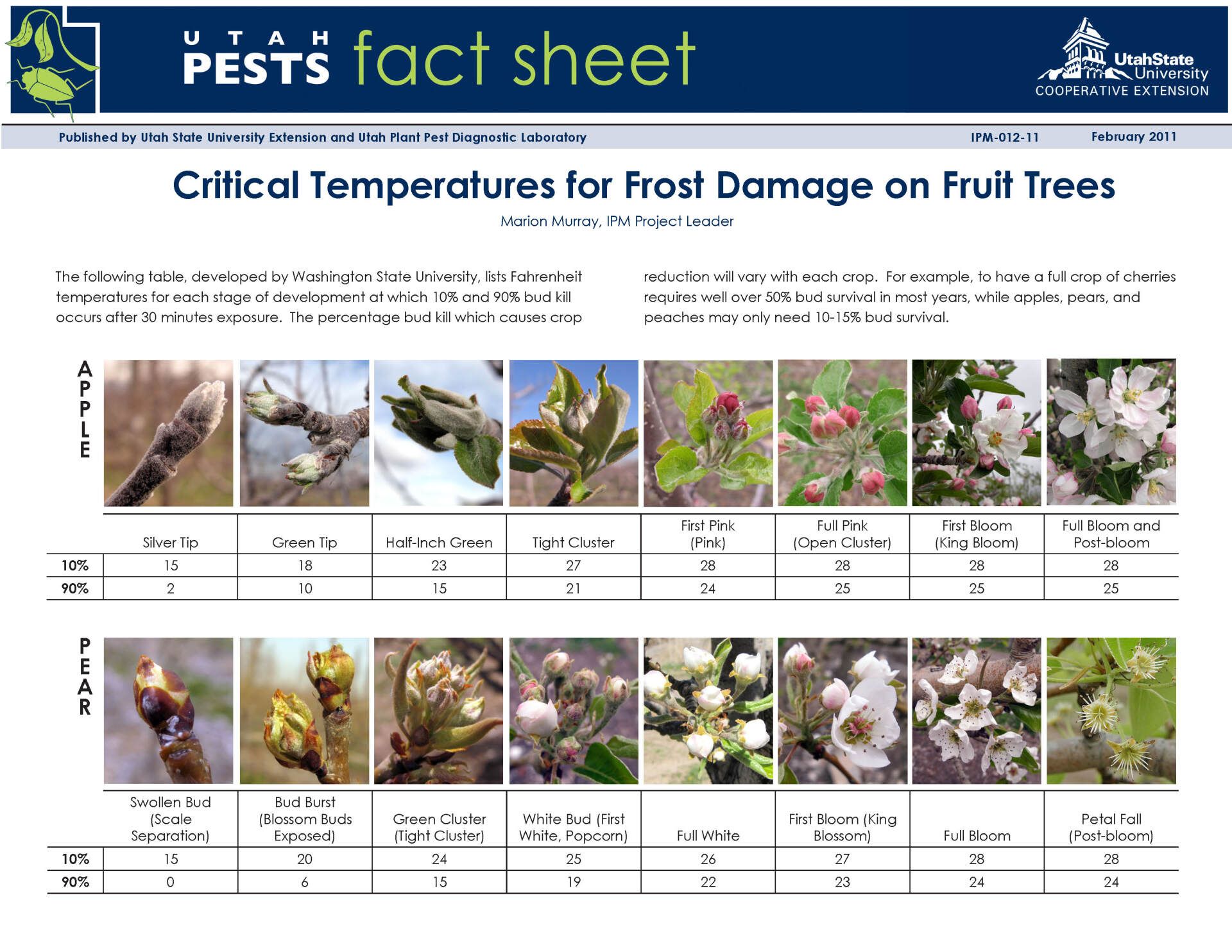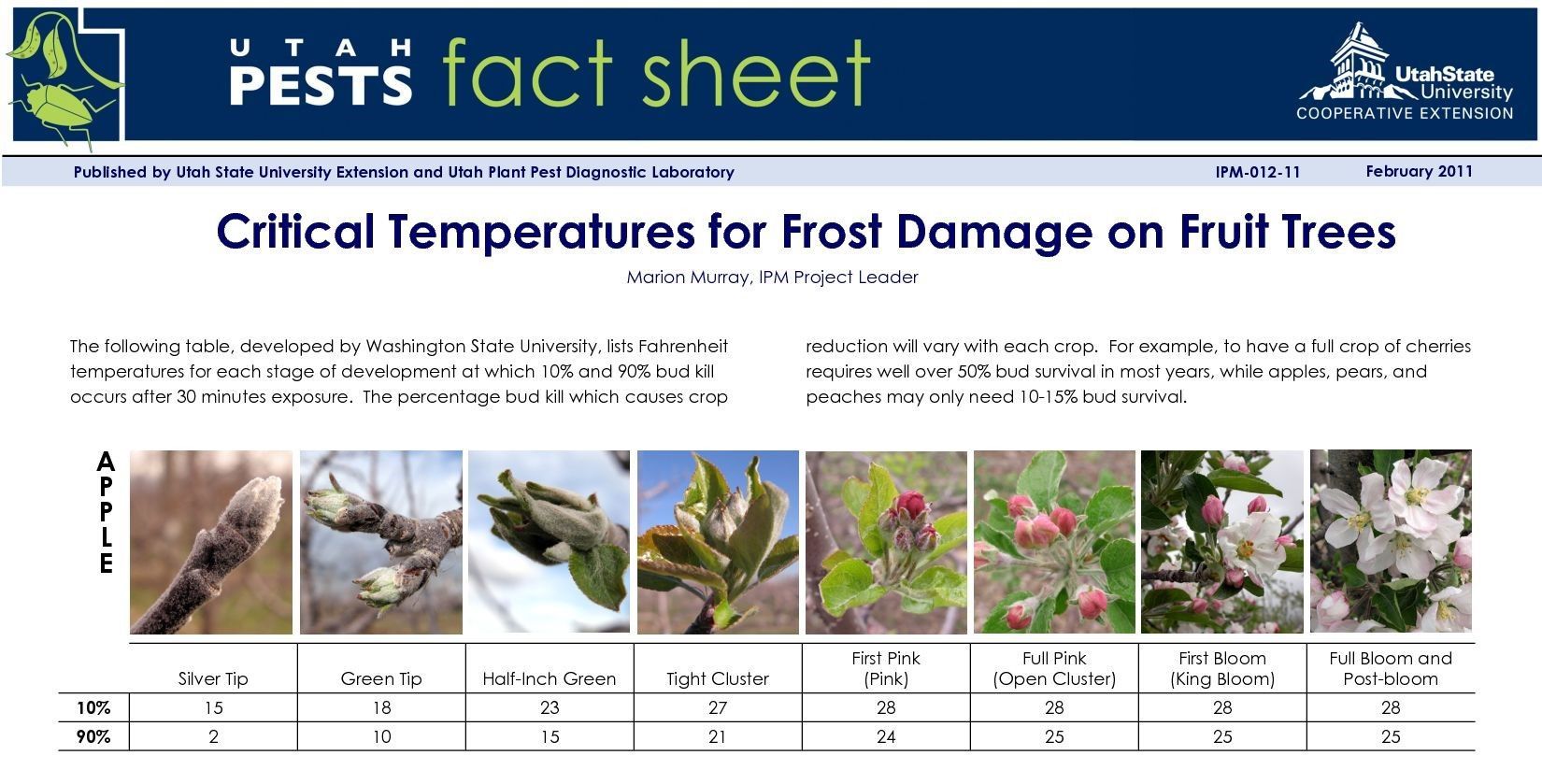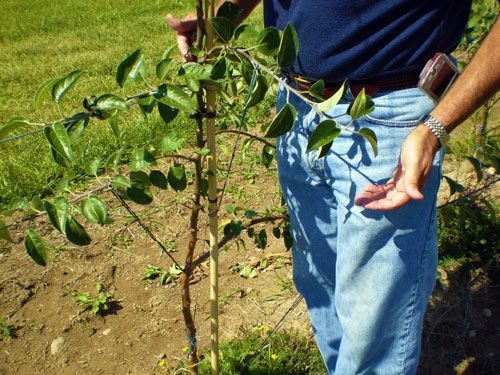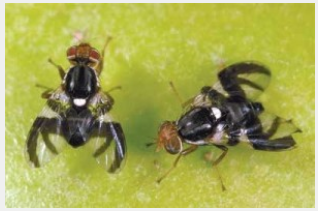When Apples Will Freeze on the Tree
When Apples Will Freeze on the Tree
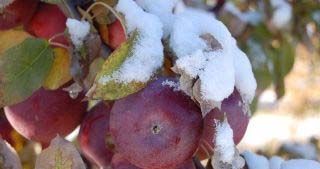
Apple fruit will withstand up to 4 hours at 28°F before serious injury occurs, but it is difficult to give a hard and fast rule to predict injury based upon minimum temperatures and duration, as the recovery depends not only on the extent of freezing, but also the rate of thawing.
The fruit tissues of apples have sugar and other constituents that lower the freezing point of fruit below 32°F. The freezing point of fruit varies between varieties and fruit maturity (probably due to differences in sugar content); even so, apples begin to freeze at 28.5 to 28.0°F. The lower the air temperature and the longer the exposure, the greater is the risk of damage. A general rule is that apple fruit will withstand up to 4 hours at 28°F before serious injury occurs, but it is difficult to give a hard and fast rule to predict injury based upon minimum temperatures and duration, as the recovery depends not only on the extent of freezing, but also the rate of thawing.
During the time that the fruits are frozen, they should not be touched or moved. Handling frozen fruits invariably leads to fatal damage in the form of deep and lasting bruising. One must wait until the fruits have completely thawed before handing them. This likely means waiting several hours after the air temperature has risen above freezing. Slow thawing is actually beneficial for preserving fruit tissue integrity for apples that just had a near-death experience. A fast warming or exposure to direct sunlight will make the damage worse. Bins of fruit that must remain in the orchard overnight during potentially freezing weather should be left where they will be shaded from the morning sun (on the west side of a row, wood line or other tall structure).
While the method is destructive, and not very sophisticated, there is a way to determine if fruit are frozen. Sample some fruits and jab your thumbnail through the skin and into the fruit. Fruit that are not frozen will “pop” as the skin breaks, and the resulting wound will be juicy. Conversely, fruit that are frozen will give the sensation of sticking your thumbnail into a popsicle, and the wound won’t be juicy. The same test can be used to gain some confidence that the fruit have thawed long enough to be harvested or moved.
Fruit that experienced only a mild (~28°F or above) freeze of short duration (less than 4 hours) may recover and be perfectly salable, but should not be considered candidates for long-term storage. Such lots of fruit should be stored separately and pressure tested frequently during storage for evidence of fruit softening. Unacceptable fruit softening is a key indication that the damage is worse than predicted.
Fruit that were fatally frozen will exhibit flesh browning after thawing once the temperature has risen far enough for oxidation to take place. This browning can appear at the skin surface or below, and generally takes ~24 hours to appear, longer if temperatures remain cold. After the apples have warmed enough to exhibit flesh browning, cut fruit open and inspect them. If browning appears, the fruit is obviously unfit for use.
It is also possible for fruit that does not have obvious browning to have serious freeze damage. This fruit will rapidly soften in storage. It is good only for making juice and only if processed right away. Generally speaking in the apple business, your first loss is your best loss: If fruit have been in a freeze event that was too close for comfort, you should consider selling such fruit for juice (and tell your customer about the potential condition of the fruit). If you determine that the fruit are going to be held and sold as fresh, such freeze-event apples should be stored separately and be pressure tested over several days or weeks to assure if truly sound.
Fruit that were in the orchard during a cold spell with temperatures that dropped below 29°F for more than a brief time should be managed with caution. Don’t be in a hurry to harvest or transport this fruit. Leave the fruit undisturbed until it completely thaws. After the fruit thaws, be honest with yourself about the actual condition and potential value of this fruit. Cut lots of fruit, and if you do decide to keep it, monitor its firmness in storage.
To reference the effect late frosts in spring may have on bloom development, refer to "Critical Spring Temperatures for Frost Damage" at https://www.royaloak.farm/critical-spring-temperatures-for-frost-damage.
References: Dr. Jim Schupp, Penn State Fruit Research and Extension Center Pomologist
Backyard Orchard Management @ Royal Oak Farm Orchard
Backyard Orchard Management @ Royal Oak Farm Orchard is a blog for the home fruit tree grower providing information about fruit tree management, fruit tree pruning & training and Integrated Pest Management from the IPM Specialist and Certified Nurseryman at Royal Oak Farm Orchard, a 22,000 tree apple orchard and agri-tourism operation located in Harvard, Illinois.
Click or tap any title to read that post.

